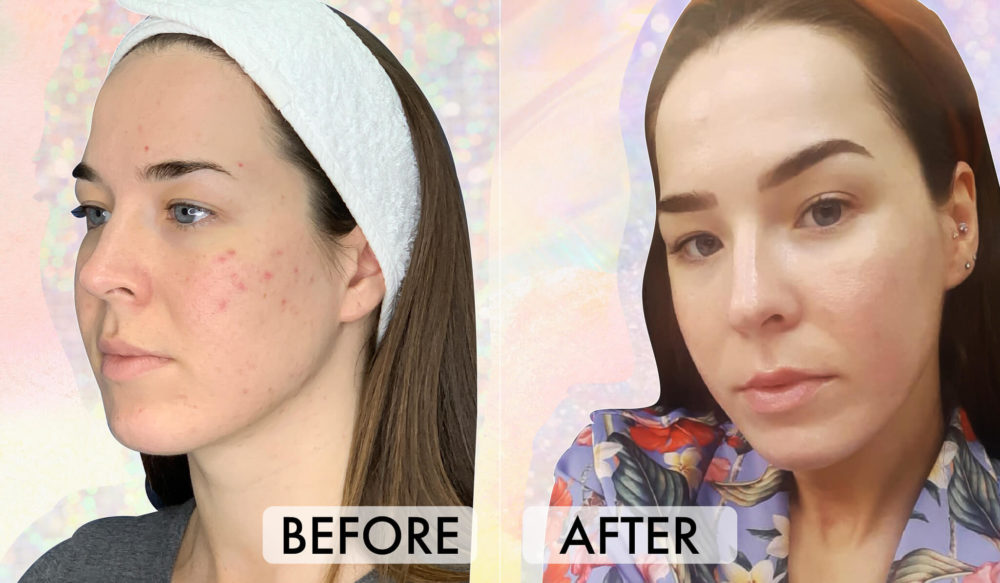How These Acne Tools Could Be Making Your Skin Worse

Source: IS MODE/Shutterstock
If you’re prone to acne, chances are you have a blackhead extractor and often turn to it at the first sign of a breakout. But, like everything in skincare, if you don’t know how to use it properly, it can aggravate your skin, and in this case, it can even cause scarring. For those of you who don’t know, a blackhead extractor is a stainless-steel tool that should be used to remove blackheads, referred to by dermatologists – aka the skin Gods – as comedones extractors. FYI, you shouldn’t be using these for cystic acne, but they can be used on whiteheads.
There’s probably no one on the planet without a blackhead – they’re like periods, 100% normal! Blackheads can be triggered by pretty much anything, from genetics to hormonal imbalances, or even just a weather change. They’re primarily due to an overproduction of sebum (oil) and dirt, which then oxidizes and blocks our pores. So, to make sure you’re not causing major damage to your skin, we’ve got all the deets so you can use this tool like an absolute pro, if you’d like to be blackhead (and whitehead) free.
Choose the right tool

Most blackhead extractors have two loops, with a spoon-like shape on each end that is used to tackle differently sized blackheads or whiteheads: one end is smaller allowing you to access the hard-to-access areas of your face. Although there are various types, the most “user-friendly” and are our favorite (pictured above), can be bought in beauty stores or on Amazon for less than $6 here. Some extractors come with a lancet, a sharp end used to pop whiteheads, but you should leave these to the dermatologist, as they can permanently injure and scar the skin.
What you need to know
- Always clean your skin properly with the right cleanser before using this magic tool.
- Know how to identify your blackhead and don’t get it confused or use it on any other form of pimple. Your blackhead should be a blackish color; if you have any light grey spots, they’re probably sebaceous filaments. Avoid these as they’re smaller and harder to spot and extract than blackheads, trying to get rid of these will only lead to more damage.
- Don’t apply too much pressure, as it’ll only break the skin leaving it red and sore. If the blackhead can’t be removed gently, use a topical acne cream instead, like salicylic acid.
Our step-by-step guide
- Sterilize your extractor by allowing it to sit in boiling water until it cools, or by using alcohol spray.
- Make sure your hands and face are thoroughly clean.
- Either take a hot shower to open up your pores or gently apply a warm/ hot towel onto the affected area.
- Clean the blackhead with toner.
- Place the tool softly on your skin, slowly applying pressure using a rocking motion to push out the blackhead. Wipe the sebum away with a fresh toner pad to prevent any infections.
- Finally, wash, cleanse, tone then moisturize your skin. We like to use a Tea Tree treatment or apple cider vinegar on the area afterward to balance inflammation and bacteria.
But start by using the right cleanser for your skin type and exfoliating up to three times a week.























Leave a comment